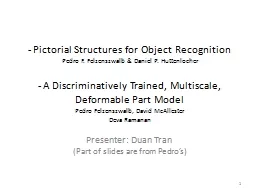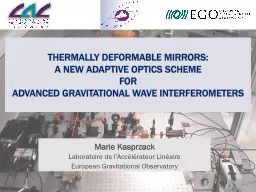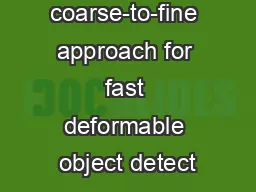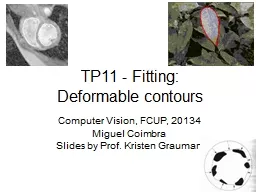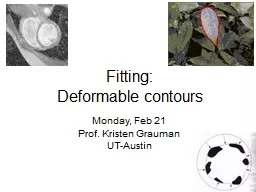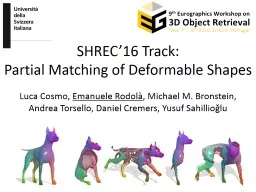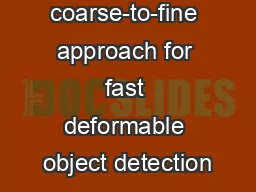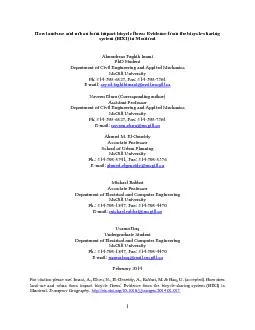PPT-Vision-based 3d bicycle tracking using deformable part model and interacting multiple
Author : phoebe-click | Published Date : 2018-11-04
Presentation by Jonathan Kaan DeBoy Paper by Hyunggi Cho Paul E Rybski and Wende Zhang 1 Motivation B uild understanding of surrounding D etect vulnerable road
Presentation Embed Code
Download Presentation
Download Presentation The PPT/PDF document "Vision-based 3d bicycle tracking using d..." is the property of its rightful owner. Permission is granted to download and print the materials on this website for personal, non-commercial use only, and to display it on your personal computer provided you do not modify the materials and that you retain all copyright notices contained in the materials. By downloading content from our website, you accept the terms of this agreement.
Vision-based 3d bicycle tracking using deformable part model and interacting multiple: Transcript
Download Rules Of Document
"Vision-based 3d bicycle tracking using deformable part model and interacting multiple"The content belongs to its owner. You may download and print it for personal use, without modification, and keep all copyright notices. By downloading, you agree to these terms.
Related Documents

